We’re having a bit of a calf health focus this Autumn as after all, they are your future herd so ensuring they get a healthy start is key. The Mayer family at Orslow Manor have kindly allowed us to feature their youngstock health set up, successes and protocols. They’ve put a lot of hard work into the youngstock over the years and it’s great to see healthy replacements coming through.
Orslow Manor facts:
• 270 predominantly Holstein herd
• 8500L avg. milk yield
• Age at first calving – 23.6 months
• Tesco sustainable dairy group
• 85 – 90 heifers reared per year
• 15% herd replacement rate
For the Mayer’s, successful heifer rearing is the foundation of their business and they have developed a system to ensure high-quality and wellgrown heifers enter their milking herd, maximizing efficiency and productive life. By so doing they are able to reduce the total replacement costs of the business.
They rear around 85-90 heifers a year and 85% calve down under 24 months. The herd replacement rate is 15% – equivalent to an average of over six completed lactations per cow.
In addition, they rear around 50 beef calves and all dairy bull calves are finished on farm. At all stages of heifer rearing, the objectives are to provide high health and welfare standards to allow heifers to grow efficiently.

Calving management and health protocols
Successful heifer calf rearing begins with excellent attention to detail at calving. Dry cows are all vaccinated with ‘Bovigen Scour’ (rotavirus/coronavirus/e.coli) to help ensure calves get maximum immunity in the colostrum to prevent scours caused by rota/corona and e-coli. Close to calving cows are housed in a straw yard, with any Johnes cows calved separately. Calving yards are bedded daily and cleaned out every three weeks.
Calves are removed from the yard within two hours and navels dipped. 98.88% of all calves are born alive.
Colostrum management
All calves are either bottle fed, or stomach tubed four litres(L) of colostrum within two hours of birth. No colostrum from Johnes cows is used. Only colostrum from green cows on NMR ‘Herdwise’ is used, these are cows that have had at least two negative Johne’s tests. Only excellent colostrum with a Brix refractometer score above 22% is fed and frozen.
90% of calves sampled have serum total proteins above the target level of 5.5g/dl, indicating excellent passive transfer of antibodies, with an average value of 6.5g/dl (18% above target).
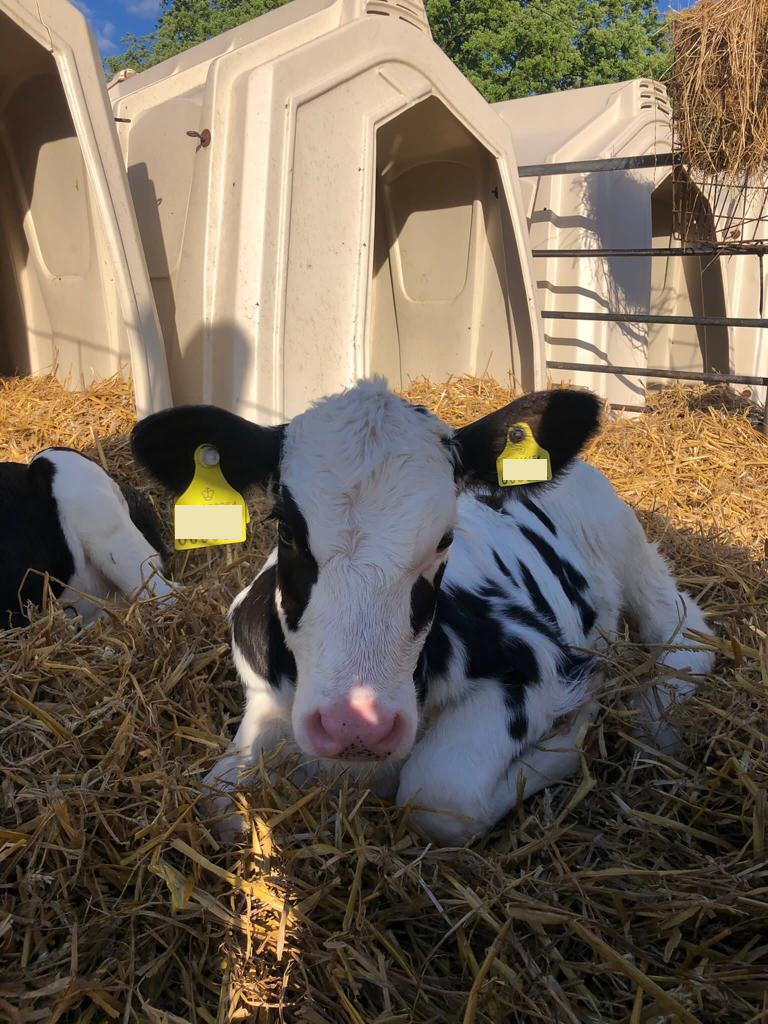
Pre-weaning management
Calves are fed four litres twice daily of an energized calf milk powder (ECM), mixed at 135g/L. The powder provides calves with 100% dairy protein for efficient feed conversion and growth, as well as a high level of fats to meet their energy needs. Milk powder is measured using scales and mixed in a mobile milk mixer, with clear training and protocols provided for all the team to ensure consistency of feeding.
All calves are housed in hutches, in pairs or groups and are bedded on deep, clean straw. Calves have fresh water and straw provided in racks, as well as ad lib calf starter, with small amounts provided daily to encourage greater intakes.
The herd is accredited BVD-free and vaccinated pre-breeding. Calves are all vaccinated with ‘Bovalto intranasal’ at 7-14 days old (PI3 and RSV) and BVD tagged.
Calves are weaned from 8-9 weeks, with milk stepped down gradually. They are weaned once they are eating a minimum 2kg/day of calf starter.
A team of four have responsibility for calf rearing under the supervision of Rob who is responsible for training and ensuring protocols are followed:
- Colostrum and feeding, consistency and hygiene are key.
- Biosecurity – no unauthorized staff or visitors are allowed contact with calves. Rob ensures nobody has contact with calves if they have been with the cows, including us!
- Calf feeding – team use separate wellies and waterproofs for calves.
- Scouring calves are treated with Metacam (1ml/40kg SC) and milk feeding is continued if calves will drink. If calves don’t drink for 24
hours, milk will be stomach tubed to provide nutrition to aid recovery. Electrolytes are given, mixed with warm water, three times a day. - Calves are walked around and performance is discussed at every routine vet visit.
From our last records, heifer calves weighed pre-weaning and achieved over 1kg/day. Mortality and treatment rates are monitored (scours and pneumonia) and protocols are reviewed by Rob and the vet (Jenny / Vicky). The objective is that calves double their birthweight by weaning.
Weaning to service
Post-weaning calves are grouped in straw yards and fed hay and a 20% protein blend. Once calves reach 6-8 months, they are fed grass silage, brewers’ grains and sometimes maize in a TMR. Heifers don’t go out preservice, and only go out once in calf. The KPIs at this stage are growth rates >0.8kg/day – reaching bulling weight and height (125cm) at 13 months for service.
All heifers are BVD and Leptosporosis vaccinated pre-service. Heifers over 12 months old are given ‘Huskvac’ pre-turnout.
Heifers are served to sexed semen twice, then conventional dairy semen and then beef. The rolling 3-month submission rate is 80%. The average age at 1st service is 13.6 months and the average age at first calving is 23.6 months. 85% of heifers calve at less than 25 months and 87% of first calvers enter a second lactation.
There is regular weekly communication with the vet about youngstock. There is also a dedicated WhatsApp group including Rob and all the team involved in the youngstock enterprise (including Jenny / Vicky, and the VetTechs).
Replacement health
Reducing antibiotic use in the replacement enterprise has been specifically targeted. Over the past 12 months, antibiotic treatments in the young stock have reduced 48%. Overall farm antibiotic use is 12.3mg/ PCU, which is 41% less than the RUMA 2020 target for dairy farms (21mg/PCU).
Usage was analysed with us and key areas for improvement targeted. Young stock was identified as an area where significant improvements can be made, and a whole team meeting took place where a plan to improve health and welfare were made.
The heifer mortality rate has dropped from 6.5% to 0% over the past 12 months. In the last year just two calves (2%) were treated for pneumonia – music to our ears!
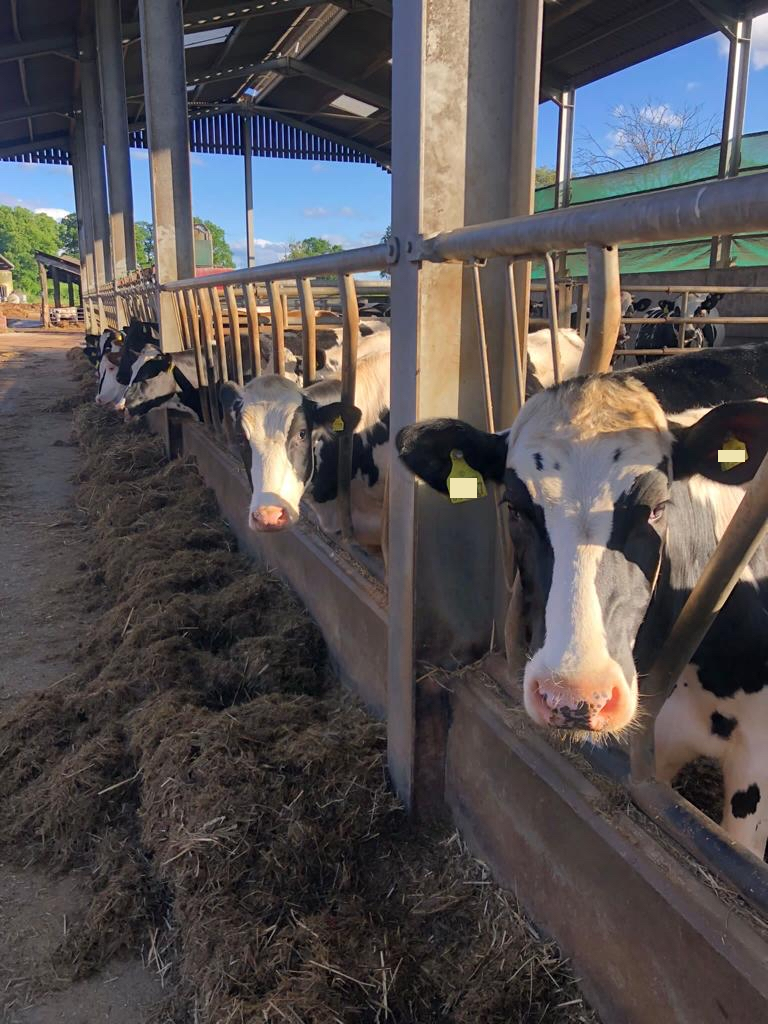
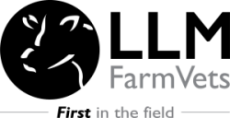
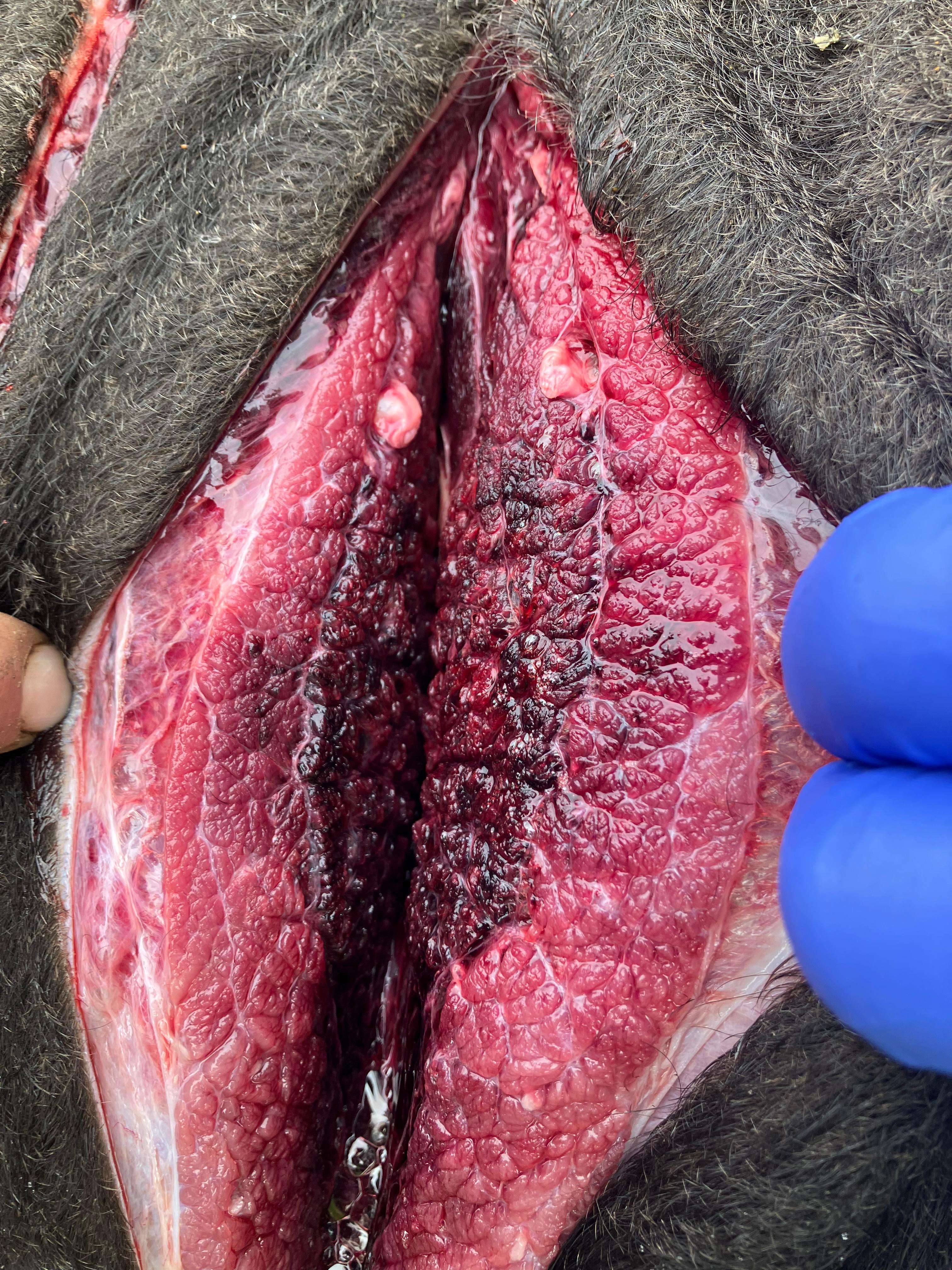

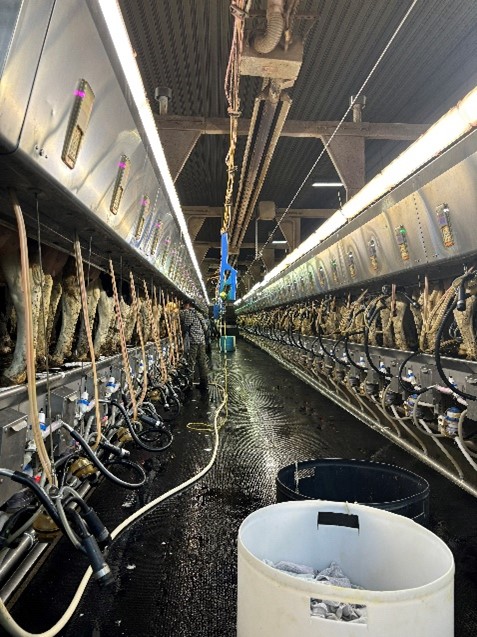
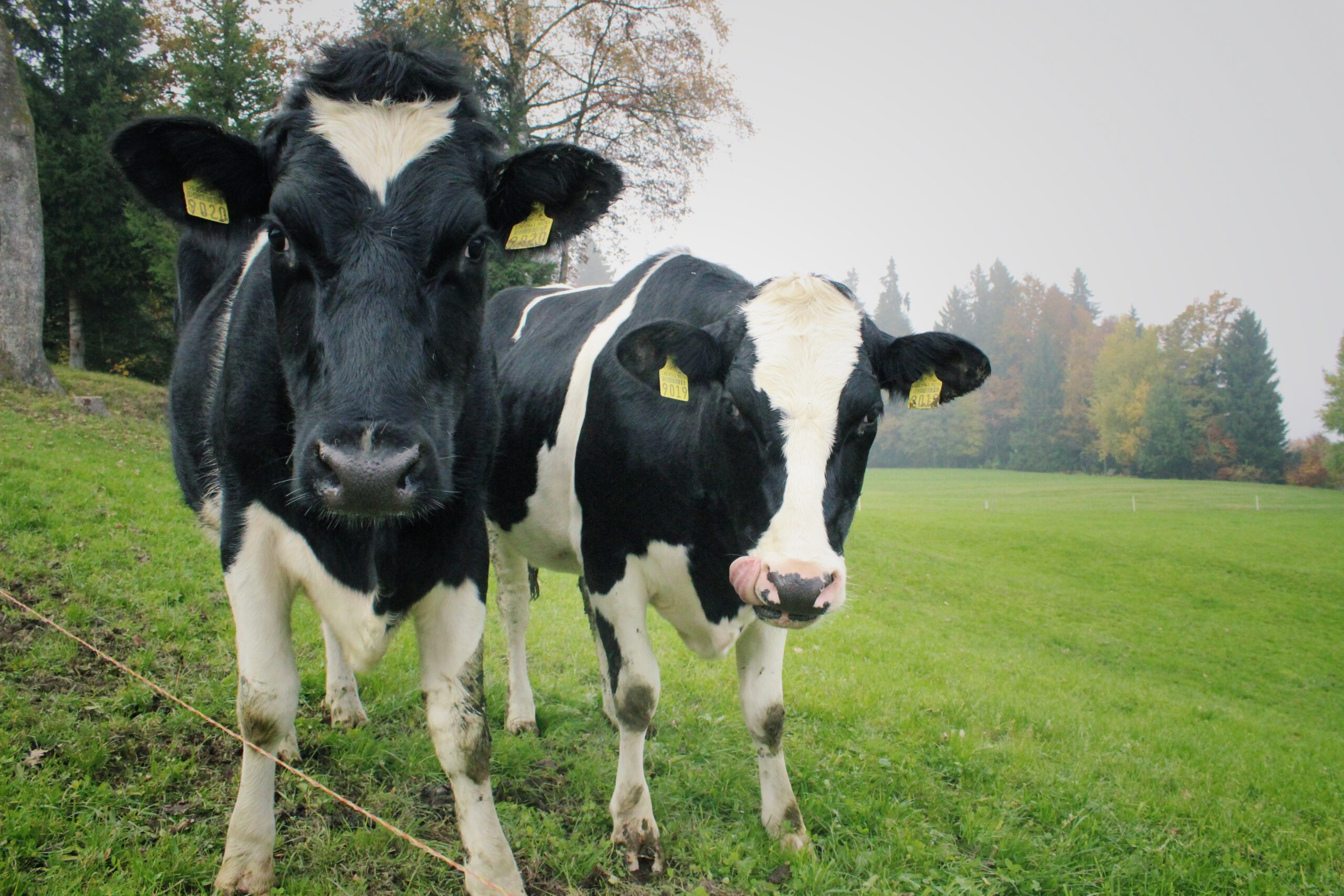
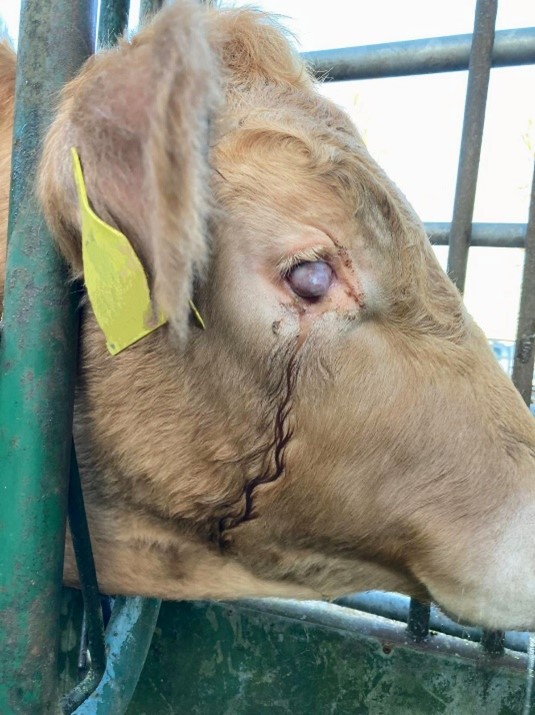
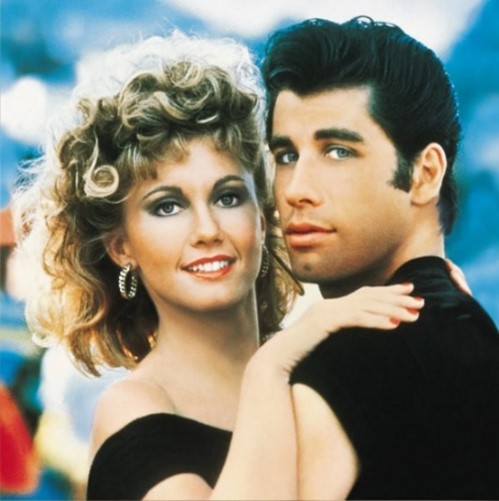
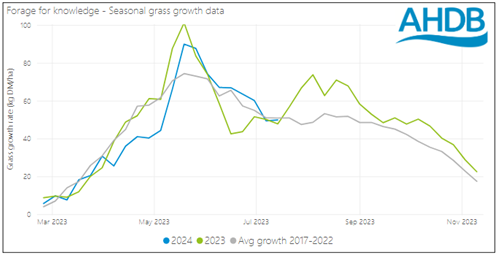

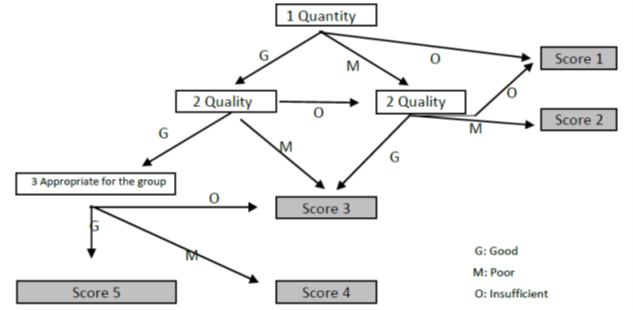

Leave A Comment